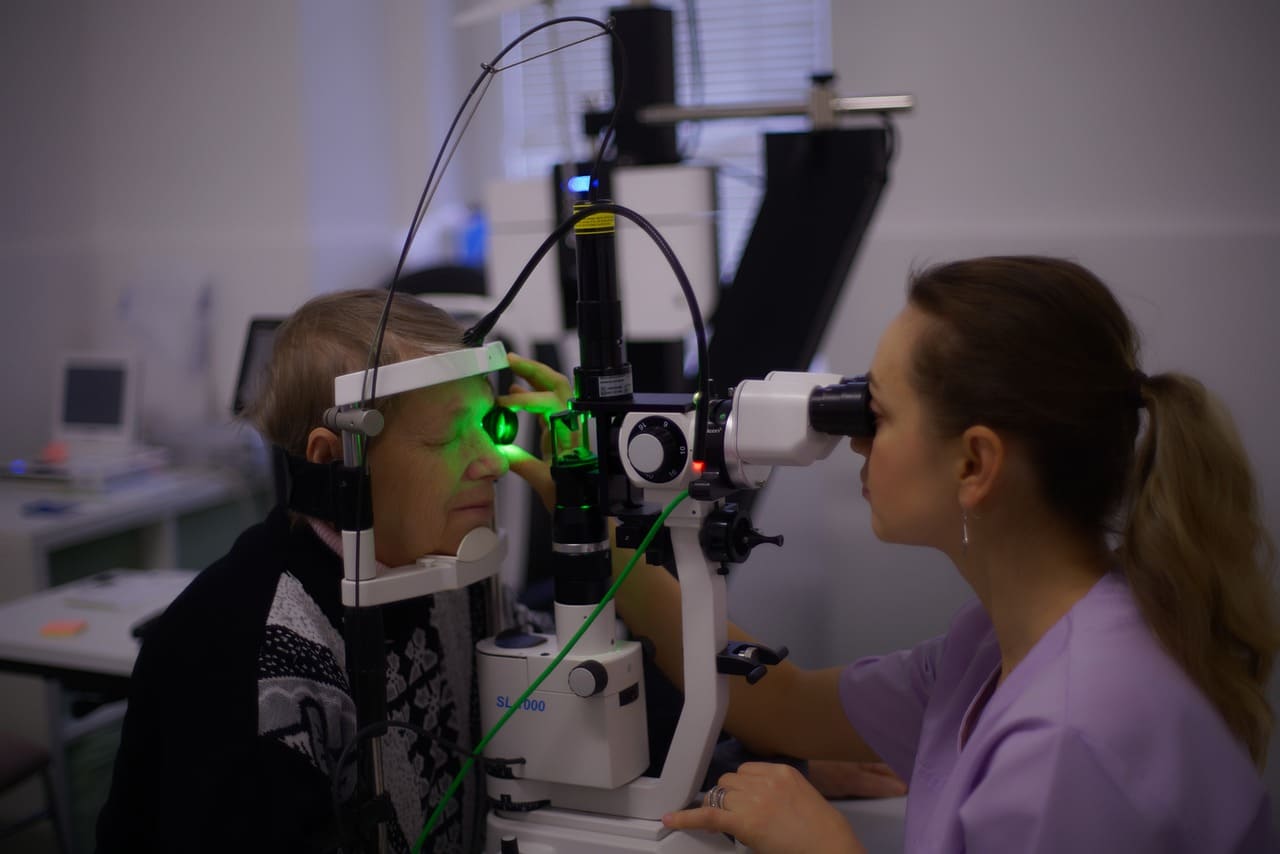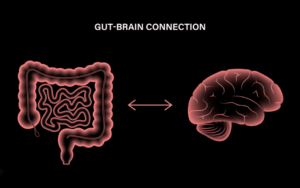Do dietary Supplements Help Prevent Cataracts?

Are you aware that cataract is the leading cause of blindness worldwide? Approximately 42% of the global population suffers from this condition, which is characterized by a cloudy and hazy lens in the eye. The symptoms can manifest as everyday problems, such as difficulty reading or performing daily activities, and can worsen if left untreated.
While cataracts are often associated with old age, they can affect individuals of any age group. There are different types of cataracts, including congenital or infectious cataracts that affect newborns, as well as secondary cataracts that can arise from diabetes, trauma, infection, or certain medications.
Modern medicine offers therapeutic options for all types of cataracts except for the congenital type, which is genetic. It’s important to note that while treatment is available, there is currently no preventive solution for cataracts. Surgery is often the primary treatment option, but it comes with its own side effects.
Now, let’s turn our attention to a special section you may have noticed in supermarkets, pharmacies, and health food shops dedicated to dietary supplements. These supplements are available over the counter and go by various names, such as medical foods, designer foods, phytochemicals, functional foods, nutritional supplements, or nutraceuticals. Recently, there has been a growing interest in these functional foods or nutraceuticals.
So, what exactly are nutraceuticals, and why are we discussing them in the context of cataract prevention? To understand the connection, we need to delve into the pathology of cataracts and their risk factors. Keep reading to learn more about how these two issues are intertwined.
The Deal About Nutraceuticals
Let’s talk about nutraceuticals and what they’re all about. Nutraceuticals are functional foods that offer medicinal benefits for our health. You can find them packaged as designer “bio” yogurts, fortified cereals or flour, herbal remedies, vitamin and mineral supplements, and more.
Some may dismiss the idea of “treating or preventing disease with food” as a marketing gimmick, but there is growing evidence to suggest that dietary supplements can play a role in preventive medicine. Researchers in the health and medicine field have been intrigued by this concept and have conducted numerous studies that shed light on the subject. Today, dietary supplements containing nutraceuticals are recognized for their potential health benefits in disease prevention and possibly even treatment.
The Link Between Nutraceuticals and Cataract Prevention
Now let’s delve into the connection between nutraceuticals and cataract prevention. When it comes to the various types of cataracts, such as the secondary and age-related (nuclear) types, they develop over time. The secondary type often occurs as a result of another underlying disease or its treatment, like diabetes or steroid therapy for Arthritis. On the other hand, the nuclear cataract is associated with aging.
What is common between these two types of cataracts? It’s the years of specific lifestyle and dietary habits, whether they are healthy or not (that’s a different story altogether). When we analyze the risk factors for cataract development, we find a combination of lifestyle, dietary, and environmental factors.
Some of these risk factors include:
While modern medicine doesn’t have a way to prevent age-related cataracts, diabetic patients are advised to control their blood sugar levels rigorously through diet, physical activity, and medication to reduce their risk of developing cataracts.
Preventive medicine focuses on addressing the underlying causes of a disease to prevent its occurrence. This is where dietary supplements come into play. By modifying dietary behaviors and improving nutritional status, we can reduce the risk factors associated with cataract development and disease initiation.
So, the essence of our discussion revolves around the question: Do nutraceuticals help prevent cataracts? And if they do, which ones are effective? Let’s explore further.
How Nutraceuticals Help Prevent Cataract
While modern and traditional medicine may differ in their therapeutic approaches, they both emphasize the importance of healthy eating and consuming ample fruits and vegetables to reduce the risk of cataracts.
The National Eye Institute reports a concerning projection for cataract cases in the U.S., with numbers expected to double by 2050 from 24.4 million to about 50 million. From 2000 to 2010, cataract cases in the U.S. already increased by 20%, reaching 24.4 million. These figures highlight a significant issue not only in developed countries but also in the rest of the world. In developing countries, where cataract surgery may not be accessible for everyone, the quality of life for cataract patients, especially the elderly, is greatly affected due to limited healthcare resources.
However, there is hope in the form of nutraceuticals and dietary supplements for prevention. Experts believe that Oxidative Stress damage to the cellular lens structure is the primary cause of cataract development. Metabolic processes in the body produce free radicals, highly reactive and unstable molecules that seek stability by taking electrons from healthy cells, leading to oxidation and widespread cell damage.
In the case of cataracts, the mentioned risk factors promote oxidative stress and the release of a large number of free radicals, initiating disease in the cells, including those in the eyes. Antioxidants play a crucial role in combating oxidative stress and regulating free radical production. Consuming healthy foods, particularly those rich in antioxidants, is believed to help slow down this process.
Therefore, nutraceuticals and dietary supplements offer a promising avenue for cataract prevention by providing essential antioxidants to counteract oxidative stress and maintain eye health.
Which Nutraceuticals Make it to the List?
Research indicates that individuals who maintain consistent healthy dietary habits have a lower risk of developing cataracts. A diet rich in various fruits and vegetables, particularly those with vibrant colors, as well as whole grains, provides a high level of antioxidants. Health experts often recommend the Mediterranean diet, known for its abundance of antioxidant vitamins and phytochemicals, as a means to reduce the risk of cataracts.
A notable study conducted in Sweden examined the relationship between an antioxidant-rich diet and age-related cataract. Over 30,000 women aged 49 and older were followed for an average of 7.7 years. Their dietary habits were thoroughly analyzed through questionnaires, and they were periodically screened for cataract development during the study period. The findings revealed that women who consumed an antioxidant-rich diet had a lower risk of developing cataracts compared to their counterparts. The primary dietary components of these women included fruits and vegetables (44.3 percent), whole grains (17.0 percent), and coffee (15.1 percent).
Now, let’s explore which specific nutraceuticals can help reduce the risk of cataracts by acting as antioxidants.
1. Carotenoids
It is a well-known fact that carrots and other fruits and vegetables with red, orange, and yellow hues are beneficial for our eyes. The reason behind this lies in their rich content of carotenoids, which are plant pigments that act as antioxidants in our bodies.
Carotenoids come in various forms, with over 600 types identified, some of which serve as precursors to Vitamin A. Vitamin A plays a vital role in maintaining our night vision. Among the different carotenoids, two main categories are commonly discussed: xanthophylls and Carotenes. Xanthophylls, specifically Lutein and Zeaxanthin, are often associated with promoting eye health.
Several carotenoids are found in various foods, including:
You can find these carotenoid-rich foods in items such as:
Carotenoids offer several benefits for eye health, including the ability to filter harmful short-wave blue light, reduce damage caused by free radicals in the eye lens (due to their antioxidant effect), and stabilize the integrity of cell membranes within the eyes. Researchers believe that these functions help mitigate light-induced oxidative damage, which is a significant contributing factor in the development of cataracts.
Of particular interest in research are lutein and zeaxanthin, as studies explore their role in cataract prevention and eye health.

2. Flavonoids
Flavonoids, a diverse group of chemicals derived from plants, encompass more than 6000 types. Not only do they contribute vibrant colors to fruits and vegetables, but they also serve as powerful antioxidants. Additionally, flavonoids possess notable anti-inflammatory properties and play a role in bolstering our immune system.
There are several significant groups and subgroups of flavonoids, including anthocyanidins, flavonols, flavones, flavanones, and isoflavones. Each group offers its unique benefits. Well-known flavonoids include quercetin, kaempferol, myrcetin, rhamnetin, morin, diosmetin, naringenin, apigenin, catechin, and flavones.
These flavonoids can be obtained from various dietary sources. Fruits such as apples, grapes, bananas, cherries, citrus fruits, and berries contain these beneficial compounds. Green leafy vegetables like kale and Brussels sprouts, as well as parsley, are also good vegetable sources. Moreover, onions, tea, and various spices are abundant in flavonoids.
The antioxidant action of flavonoids operates through several mechanisms, including scavenging free radicals, acting as hydrogen donors, quenching singlet oxygen, and chelating metal ions, particularly iron.
Flavonoids demonstrate promising results in reducing the risk of cataract formation. They exert their influence on multiple pathways associated with the opacification of the eye lens that occurs in cataracts.
3. Multi-Vitamins
The role of vitamins in preventing cataracts is a topic of great interest among researchers, with particular emphasis on vitamins C and E. These vitamins act as potent antioxidants that protect against the production of harmful free radicals.
A meta-analysis conducted on the relationship between vitamin E-rich diets and the risk of senile cataracts revealed significant findings. It indicated that increased intake of vitamin E, whether through dietary sources or supplements, as well as high levels of serum tocopherol, were associated with a reduced risk of age-related cataracts.
Vitamin C, another powerful antioxidant, not only contributes to the health of the eye’s cornea and sclera but also appears to lower the risk of developing cataracts. An observational study demonstrated that individuals who consumed a daily dose of 490 mg or more of vitamin C had a 75 % lower risk of cataracts compared to those who consumed 125 mg or less of vitamin C daily. Similarly, another study found that regular vitamin C supplementation resulted in a 45 % reduced risk of cataracts.
Riboflavin, also known as vitamin B2, has shown promising results in reducing the risk of cataracts. Research studies have indicated a 31-51 % decrease in the risk of cataract development when participants’ diets were supplemented with 1.6-2.2 mg of riboflavin per day. The observation that individuals with cataracts are often deficient in this vitamin prompted further investigation.
Additionally, other nutraceuticals that may serve as protective agents against cataract development include thiamine (vitamin B1) and omega-3 fatty acids.
Takeaway
The eyes are constantly exposed to various factors that can contribute to the development of cataracts, including our dietary habits, prolonged screen time, and environmental effects. Given the ubiquity of these predisposing factors, nobody can claim to be completely safe from the risk of cataracts. Therefore, taking preventive measures becomes crucial, as the saying goes, “prevention is better than cure.”
Nutraceuticals, such as carotenoids, flavonoids, and multivitamins, have shown promise as preventive elements in safeguarding against the risk of developing cataracts. Carotenoids, found in colorful fruits and vegetables, act as antioxidants and can help protect the eyes from oxidative stress and damage. Flavonoids, derived from plants, exhibit antioxidant and anti-inflammatory properties, contributing to eye health. Multivitamins, including vitamins C and E, as well as B vitamins, provide essential nutrients and antioxidants that support eye health.
Instead of waiting for our eyes to deteriorate with age, it is wise to make small changes in our lifestyle and incorporate these nutraceuticals into our diet to maintain good vision and reduce the risk of cataracts. By taking proactive steps, we can strive for a clear and healthy vision for years to come.






